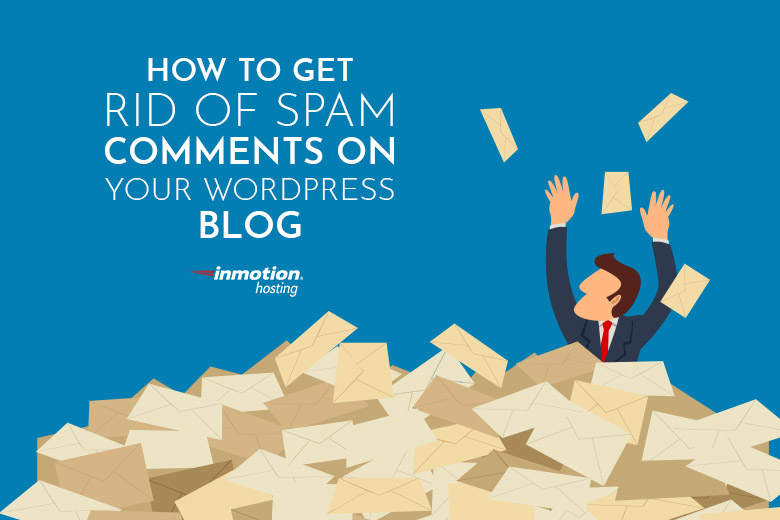
Almost as soon as the Internet was invented, it seems that somebody was trying to commercialize it. And one of the most annoying forms of this is spam, those annoying advertising solicitations that pop up everywhere from your mailbox to comments in discussion threads.
Some of it is simply annoying, like the posts that state, “I earned $300 by working from home.” Others, however, are actual cons like the infamous “Nigerian prince” emails that flooded inboxes in the past decade. These are more insidious because they are either trying to steal your money directly or take over your computer with malware.
If you’ve taken the time to set up your own personal blog on WordPress, then you don’t want spam comments driving away your readership. Here’s how you can handle this problem:
Add a Captcha
One way to prevent bots from posting spam to your blog is by using a Captcha plugin. If you aren’t familiar with them, Captcha requires a person to type in a message that is displayed on a screen as a way of proving their humanity. Other, simplified Captchas require you to solve a math problem before logging in to post comments.
This isn’t a perfect solution, however.
First, many people absolutely hate Captchas and it may inadvertently discourage people from posting at all. Secondly, this will not stop human users from posting spam directly themselves. As a result, you may want to consider this one carefully or only use it in conjunction with another solution.
Akismet
This is actually already part of the set-up for WordPress. In order to use Askimet, you simply have to activate it and get an API key from the developer. These keys are free for personal blogs, although there is a premium fee for businesses.
Askimet will look through your submission form for comments and check those who are commenting against the company’s global database of spam sites and users. If the person is in the database, then their comments will be blocked. However, you can view these on your admin screen and have the option to unblock them if they are not truly spam.
Set a Link Limit
Many spammers are hackers who are trying to get people to click on links that can take them to potentially dangerous sites. One way to cut down on this is to limit the number of links a user can post to your comments section. In order to do this, go to the Settings menu and choose Discussions.
Once there, find Comment Moderation and look for the section that limits the number of links a person can post. If you want to, you can even select zero. This means that a moderator will have to approve any comments with a link in it.
Blacklist “Spam” Words
Another way to do this is to create a blacklist of highly used words that appear in spam messages. These can include phrases like “Be your own boss” or “Earn $.” You can go back into the Discussion section under Settings and look for Comment Blacklist. There are also plugins that can help with this as they are routinely updated with new blacklisted words.
Spammers are a huge problem on the Internet. Although many people just glance over them and move on, they have the potential to infect your website visitors with malware. Even if you have nothing to do with this, your site can be indirectly blamed for allowing the spam in. By putting these protocols in place, you can protect both your website, its reputation and your visitors.
WordPress Hosting — Another Way to Protect Yourself
Your host also has a lot to do with the integrity of your site. You can follow all kind of security procedures on your site, but if your host leaves a backdoor open then your efforts were wasted.
That’s why we’re so proud of our WordPress Hosting plans. Not only are they fast and reliable, they’re super secure as well.